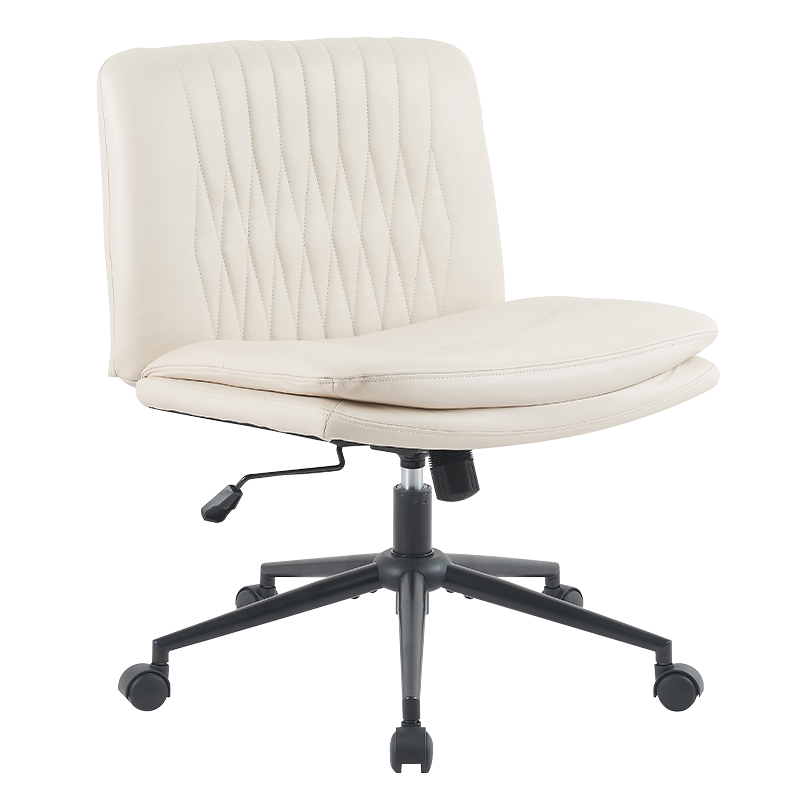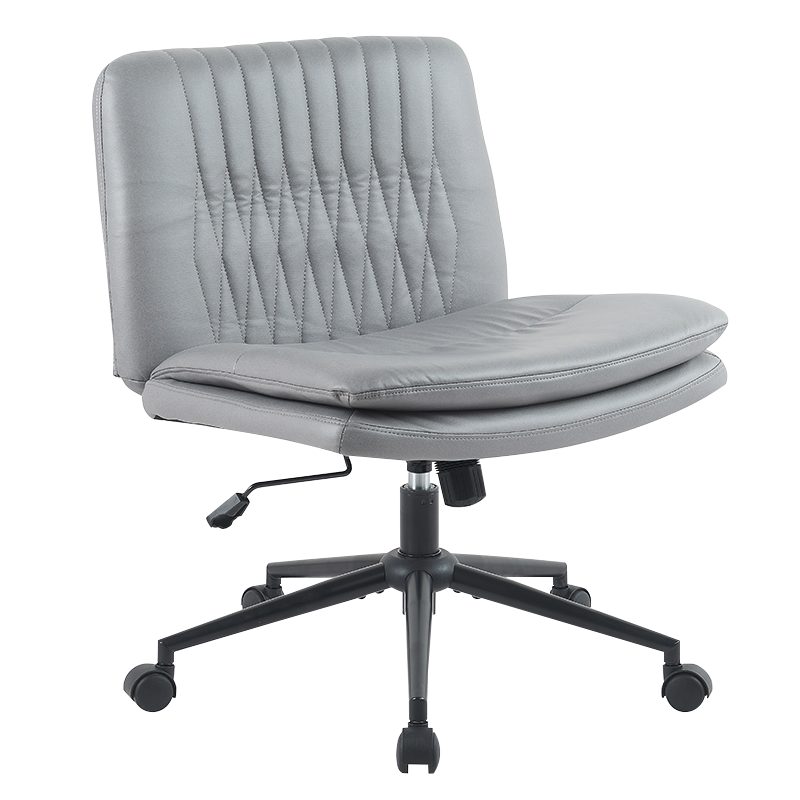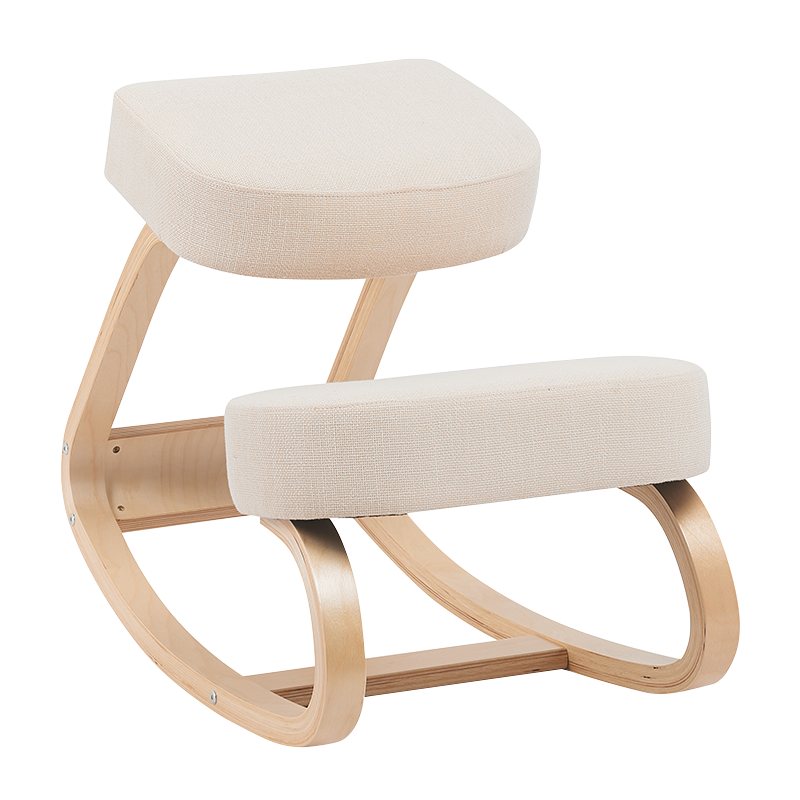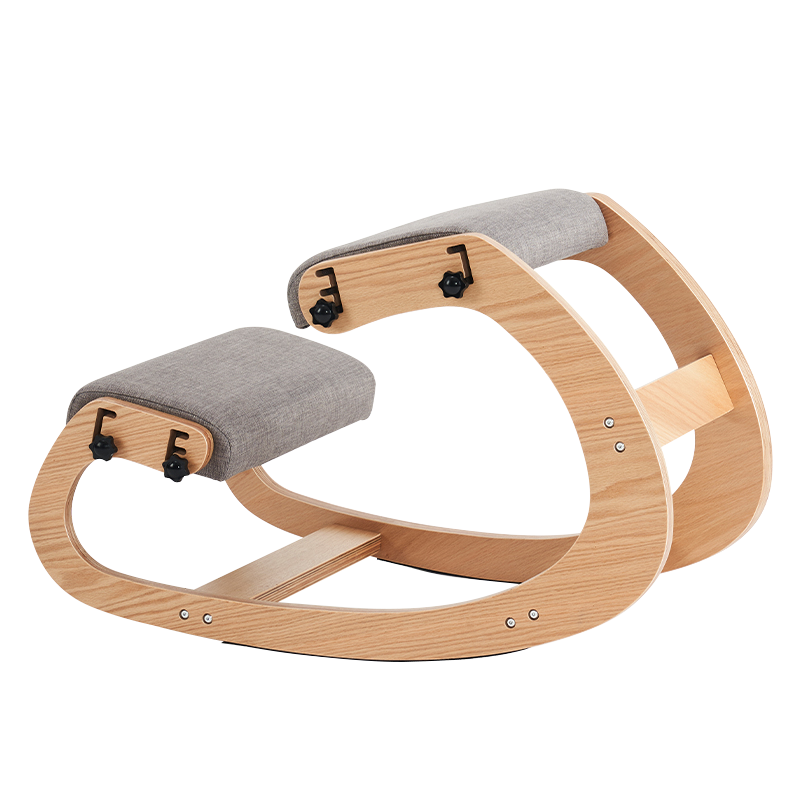How Does a Bar Table Redefine Versatile Spaces?
2025-09-11
In modern interior and exterior design, the bar table has evolved from a niche furniture piece into a central element of multifunctional living spaces. Its rising popularity is not only tied to its aesthetic appeal but also its remarkable versatility. Whether used in small apartments, open kitchens, outdoor patios, or commercial venues, the bar table demonstrates how one product can adapt to diverse environments without losing its functional identity.
The Functional Core of a Bar Table
The defining characteristic of a bar table lies in its ability to merge style with practicality. Unlike traditional dining furniture, a high bar table introduces vertical dimension, enabling better use of compact spaces. This elevation supports a sense of openness in interiors, while offering flexible pairing with stools, chairs, or even as a stand-alone element for casual interaction.
Different shapes further enhance this flexibility. A round bar table creates intimacy in conversation, while a rectangular or square option provides structured seating arrangements. The functional balance between height, shape, and size makes the bar table an adaptive piece of furniture across living and working environments.
Material Diversity and Aesthetic Adaptability
The material selection of a bar table significantly influences its functionality and appeal. Wooden bar tables highlight warmth and tradition, glass-top options deliver modern minimalism, while metal frames emphasize durability in both indoor and outdoor settings.
Outdoor bar tables often require weather-resistant finishes, whereas compact designs for small apartments prioritize light weight and portability. The use of adjustable mechanisms further adds to adaptability, making the adjustable bar table a practical choice for households with shifting space needs.
Versatility in Spatial Integration
One of the critical strengths of the bar table is its capacity to fit seamlessly into various environments. In residential interiors, it functions as a kitchen island alternative, saving space while creating a focal point for casual dining. For apartments with limited square footage, the small bar table maximizes usability without overcrowding the layout.
In commercial settings, from restaurants to coffee shops, the bar table provides both visual appeal and practical functionality. The compact size also makes it a option for temporary setups such as events, with foldable bar table designs offering convenience in mobility and storage.
Product Classification Overview
The adaptability of the bar table becomes clearer when viewed through specific product variations. The following table outlines common types of bar tables and their distinguishing features:
| Product Type | Key Feature | Typical Use Case |
|---|---|---|
| High bar table | Elevated surface height | Casual dining, standing gatherings |
| Round bar table | Circular design for intimacy | Social conversations, small group settings |
| Wooden bar table | Warm, natural finish | Traditional interiors, rustic dining |
| Outdoor bar table with storage | Weather-resistant, integrated compartments | Patios, gardens, poolside areas |
| Adjustable bar table | Height variation mechanism | Multi-use households, flexible arrangements |
| Foldable bar table | Collapsible structure | Events, temporary setups, portable use |
| Bar table with wine rack storage | Built-in shelving | Kitchen corners, space-saving dining |
Adaptability for Small Spaces
One of the strongest demands in modern furniture markets is efficiency in limited living areas. Here, the compact bar table excels by serving dual purposes. A bar table for small spaces not only functions as a dining surface but also as a workstation or preparation counter. Designs that incorporate shelving or racks maximize utility while maintaining a minimalist footprint.
The growing interest in compact urban apartments highlights the value of space-saving bar table options, with foldable or narrow-frame designs playing an increasingly important role in furniture selection.
Outdoor Integration and Durability
The expansion of outdoor living has positioned the outdoor bar table as a furniture staple. Beyond aesthetics, outdoor integration requires durability against weather conditions. Materials such as treated wood, powder-coated steel, and synthetic composites allow outdoor bar tables to endure moisture, sunlight, and temperature variations.
Practical enhancements such as built-in storage and umbrella holes further increase functionality, enabling these tables to transition seamlessly from casual dining to entertainment hubs. This adaptability reinforces the bar table’s role in shaping multifunctional outdoor environments.
The Adjustable Height Factor
Among all innovations, the adjustable bar table represents the clearest example of versatility. Its mechanism allows it to shift from a compact coffee table height to a full bar configuration, adapting to changing needs throughout the day. This dynamic capability not only improves convenience but also enhances ergonomics for different users.
Adjustable height options are particularly significant for mixed-use households, where a single piece of furniture must accommodate diverse activities such as working, dining, and entertaining.
Design Aesthetics and Consumer Preferences
Consumer preference in bar table selection often extends beyond functionality to aesthetic alignment with overall design themes. Minimalist interiors favor glass or metal surfaces, while rustic or industrial settings embrace wooden bar tables and heavy metal frames.
The combination of modern high bar tables with matching stools offers a cohesive look that enhances kitchen or dining spaces. Meanwhile, compact models with integrated shelving address the needs of individuals who prioritize storage efficiency without compromising design.
Conclusion
The bar table demonstrates how a single furniture category can redefine versatility in both residential and commercial environments. From high bar tables that maximize vertical space to adjustable and foldable models designed for dynamic use, the product exemplifies adaptability.
Through variations in material, form, and functional enhancements, the bar table continues to align with evolving design preferences and spatial challenges. Its unique ability to merge compact practicality with aesthetic appeal ensures its relevance across diverse contexts, making it more than just a piece of furniture—it is a cornerstone of multifunctional living.


 Language
Language English
English Français
Français Español
Español Deutsch
Deutsch






